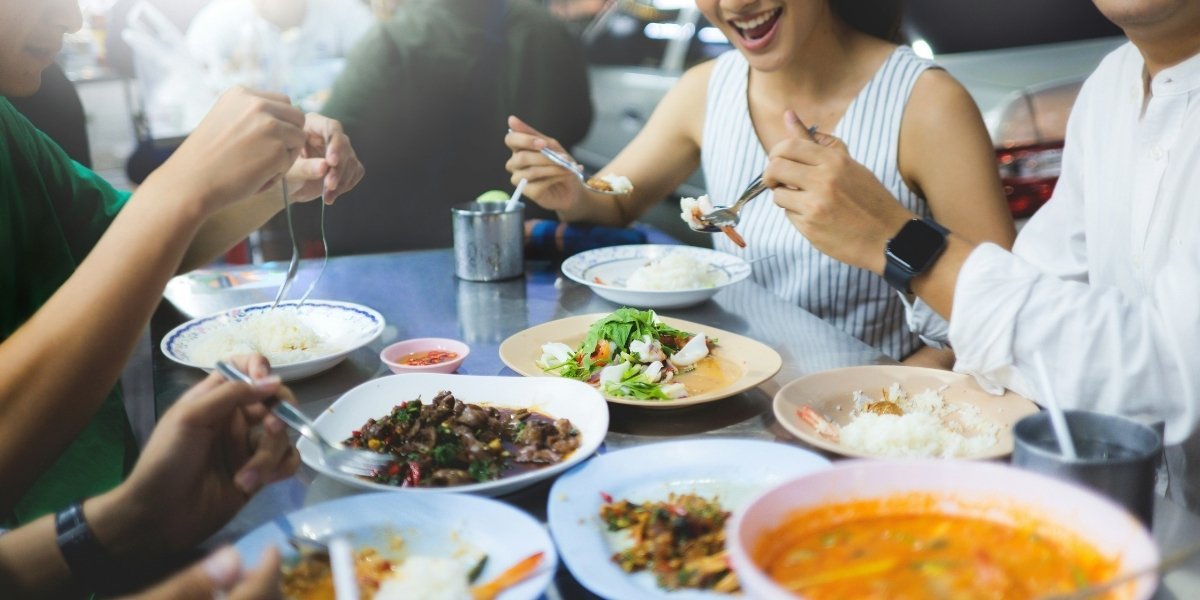New York’s sidewalks double as runways, its subway cars become impromptu style showcases, and its garment district hums with the energy of designers stitching tomorrow’s trends. The city’s fashion dominance wasn’t built overnight—it’s the result of historical accidents, immigrant ingenuity, and an unshakable belief that personal style matters. From Seventh Avenue studios to Brooklyn’s thrift stores, New York wears its fashion crown with a mix of grit and glamour found nowhere else.
The Garment District’s crowded streets still form the industry’s beating heart. Within a few blocks between Fifth and Ninth Avenues, designers can source Italian wool, consult pattern makers, and supervise sample production—all before lunch. This ecosystem developed when Jewish and Italian immigrants transformed 20th-century loft buildings into vertical factories. Today, while some production has moved overseas, the district remains vital, housing emerging designers who benefit from face-to-face collaboration with skilled buttonhole stitchers and textile dealers who’ve supplied fabrics for decades.
New York’s fashion education pipeline fuels constant renewal. Institutions like FIT and Parsons don’t just teach design—they immerse students in the city’s living laboratory. Classroom projects involve scouring the Lower East Side for vintage inspiration or interning at showrooms where they’ll later wholesale their collections. This practical training produces designers who understand both creativity and commerce, ready to navigate the packed showrooms of NYFW (New York Fashion Week) where buyers from Bergdorf’s to small boutiques place orders that determine what America wears.
The city’s retail landscape offers something for every taste and budget. Flagship stores on Fifth Avenue dazzle with theatrical displays, while Nolita’s independent boutiques showcase emerging labels. Brooklyn’s L Train Vintage proves that New Yorkers treat secondhand shopping as competitive sport, digging through racks for 90s Helmut Lang or obscure Japanese labels. Even the humble bodega becomes a style accessory—nothing says “New York” like pairing a designer bag with an “I ♥ NY” souvenir t-shirt bought ironically from a corner store.
Street style here follows its own rules. The classic “New York uniform” of black clothing and white sneakers isn’t about minimalism—it’s practical camouflage for a city where coffee spills and subway seats demand durable fabrics. Yet within this framework, individuality thrives. Wall Street bankers rock colorful socks with Oxfords, Harlem dandies revive 1940s zoot suits, and Bushwick artists treat thrifted grandpa sweaters as canvases for DIY embroidery. This daily fashion show inspires designers who sketch from sidewalk benches outside Soho cafes.
Cultural diversity stitches together the city’s style DNA. Dominican barbershops in Washington Heights influence downtown haircut trends. The sari shops of Jackson Heights inspire bohemian designers’ prints. Chinatown’s fabric stores supply both immigrant families making traditional garments and RISD graduates crafting avant-garde collections. This cross-pollination creates looks that couldn’t emerge anywhere else—where else would a Puerto Rican day parade outfit inspire a Bergdorf window display?
Fashion week economics reveal the industry’s scale. Beyond the glitzy runway shows, hundreds of smaller events—from showroom presentations to influencer brunches—generate an estimated $900 million annually. Hotels fill with international editors, models Uber between castings, and restaurants create prix-fixe menus for power lunches. The real action often happens off-schedule: in taxis where designers make last-minute tweaks to looks, or downtown bars where stylists negotiate sample loans over negronis.
Challenges keep the industry evolving. Rising studio rents push young designers to outer boroughs, while fast fashion and e-commerce reshape consumer habits. Yet New York adapts—designers share sewing spaces in Bushwick warehouses, direct-to-consumer brands open “experiential” stores in former Chinatown noodle shops, and vintage dealers build followings through Instagram Live sales. The city’s fashion schools now offer courses on sustainable production and digital marketing, ensuring graduates can navigate changing tides.
Sustainability efforts grow alongside glamour. The Garment District’s FabScrap program diverts tons of textile waste from landfills, offering designers discounted remnants. Brooklyn’s Wearable Collections bins in apartment buildings make recycling clothes as routine as paper and plastic. High-end consignment shops like The RealReal have Manhattan women treating their closets as rotating galleries rather than permanent collections. Even NYFW now highlights upcycled materials and zero-waste patterns alongside the usual spectacle.
What truly sets New York apart is fashion democracy. Unlike Parisian haute couture or Milan’s luxury houses, New York style belongs equally to the Wall Street intern saving for her first Max Mara coat and the Queens teen customizing dollar-store finds into streetwear. Department stores still offer personal shoppers alongside self-checkout kiosks, and sample sales let fashionistas score deals alongside industry insiders. This accessibility fuels the constant reinvention that keeps the city at fashion’s forefront—where a look born in a Bed-Stuy basement can grace a Madison Avenue window within seasons.
The future of New York fashion lies in its messy contradictions. It’s commercial yet creative, exclusive yet egalitarian, trend-obsessed yet timeless. As other cities chase the title of “next fashion capital,” New York keeps its edge by staying stubbornly itself—a place where style isn’t just worn, but lived, in crowded subways, walk-up apartments, and streets that never stop inspiring what comes next. The hems may rise and fall, the palettes may shift, but the city’s fashion heartbeat remains as steady as a sewing machine stitching through midnight in a Garment District studio.











